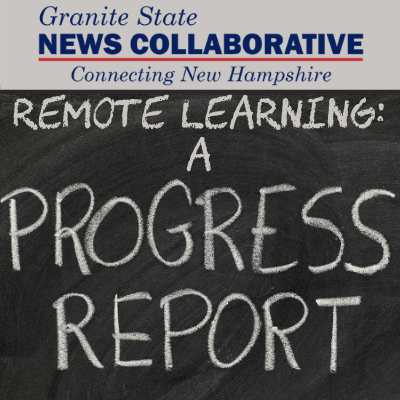Many New Hampshire students and families struggled with the transition to remote learning, but for students with special needs the challenges were especially large. About 17.7% of New Hampshire students have special needs, according to 2019-20 estimates used to determine state aid to localities for the cost of providing an adequate education. That metric covers everything from learning disabilities to autism spectrum disorder, socio-emotional challenges to physical disabilities. Many of these students and their parents faltered with remote learning and some supports — including physical therapy and occupational therapy — couldn’t be delivered at all during distance learning, according to educators who spoke with the Collaborative.

